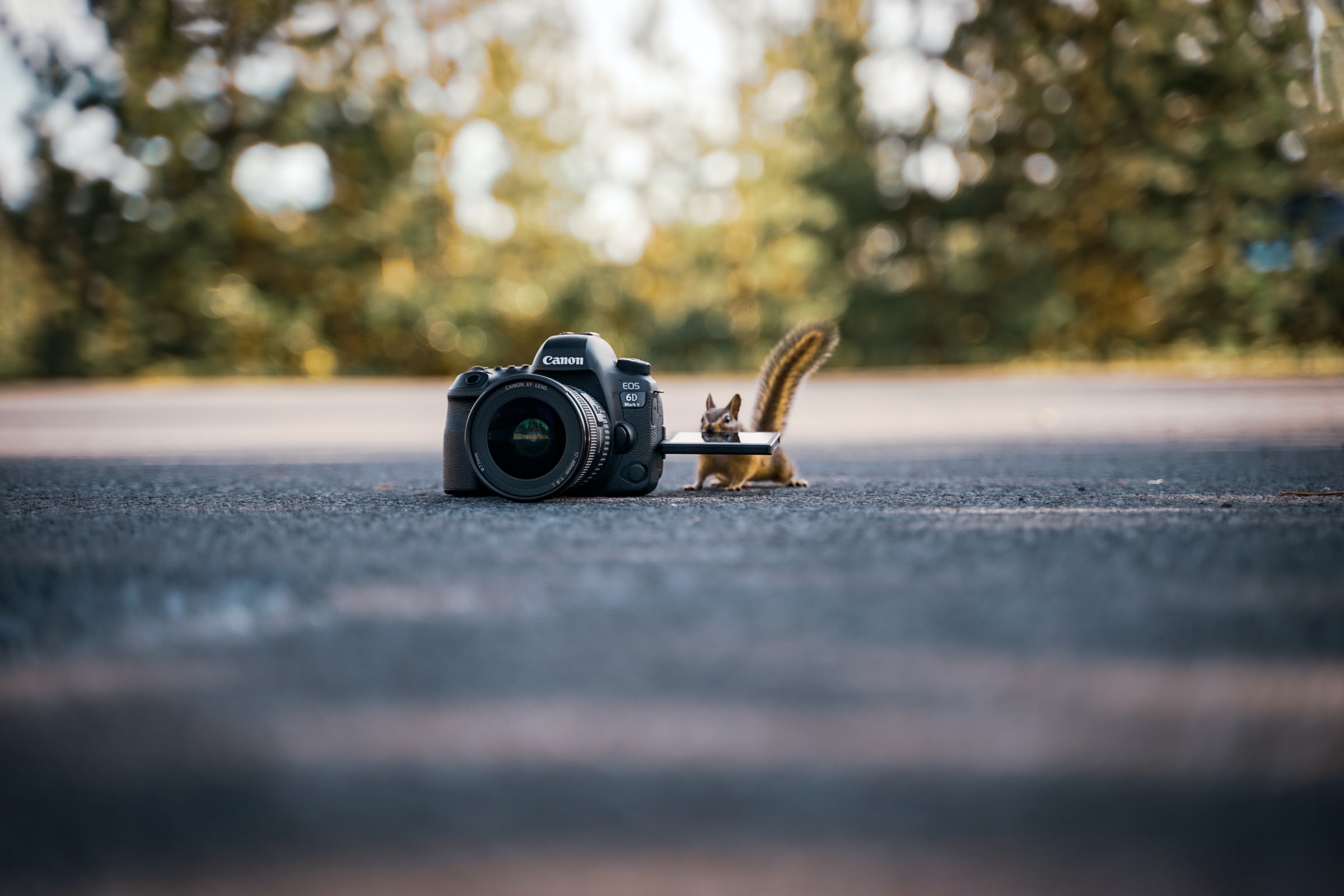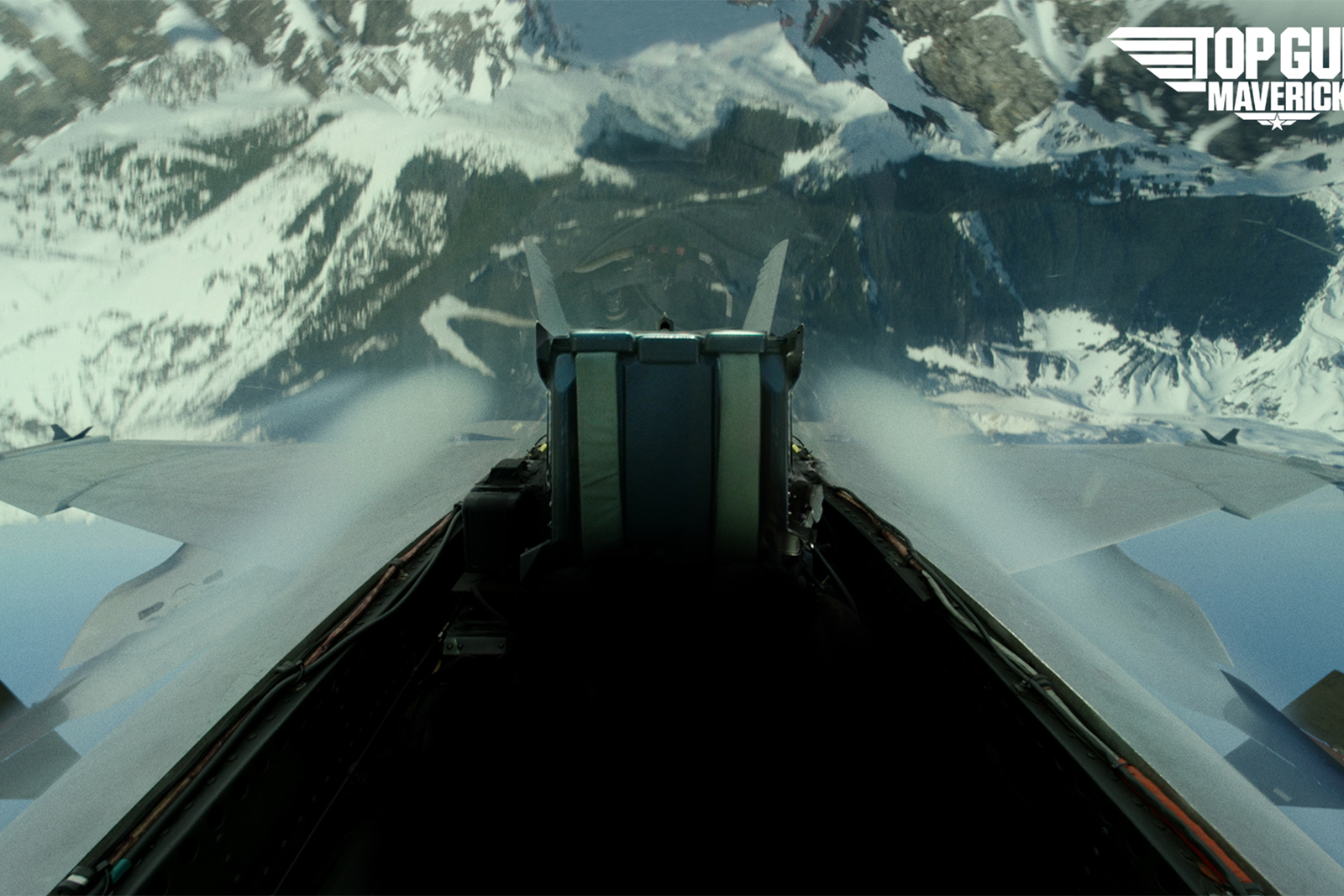

Picture file formats supported include BMP, JPG, and PNG. If you click the small “+” icon, you’ll have the option of selecting either a static background or video file. How to create a custom background in ZoomĬreating a custom background in Zoom is child’s play, honestly.

But you should be able to tell in a flash if the results are acceptable. How well Zoom distinguishes you and applies the background correctly appears to be both a function of your webcam and your computer’s processor: The better they are, the more accurate the result. The Zoom client does a pretty good job of distinguishing my navy-blue sweatshirt from the dark background, too. Zoom will arrange your available backgrounds beneath the video window. (As you might expect, video files have a small camcorder icon in the corner.) But if you click one of the images below your video window, you should see what’s behind you replaced with either a static image (the Golden Gate Bridge is a favorite) or else a slowly looping video background, like the northern lights or Zoom’s beach scene. By default, Zoom turns on your webcam, and you should see what others in your chat will see: you, and your background. The gear icon hides Zoom’s Settings menu. This opens up a wealth of options, but the relevant one for us is the Virtual Background option. The first thing to do is to click the Zoom Settings gear in the upper right-hand corner. When the Zoom main screen opens up, you’ll see the Zoom main page. Virtual backgrounds are also available for iOS (with an iPhone 8, 8+, or X, or an iPad Pro and the 5th and 6th-gen iPads) but support for Android isn’t listed. This is all simple enough that it will either work, or it won’t. If you don’t know what you have, don’t worry.



 0 kommentar(er)
0 kommentar(er)
